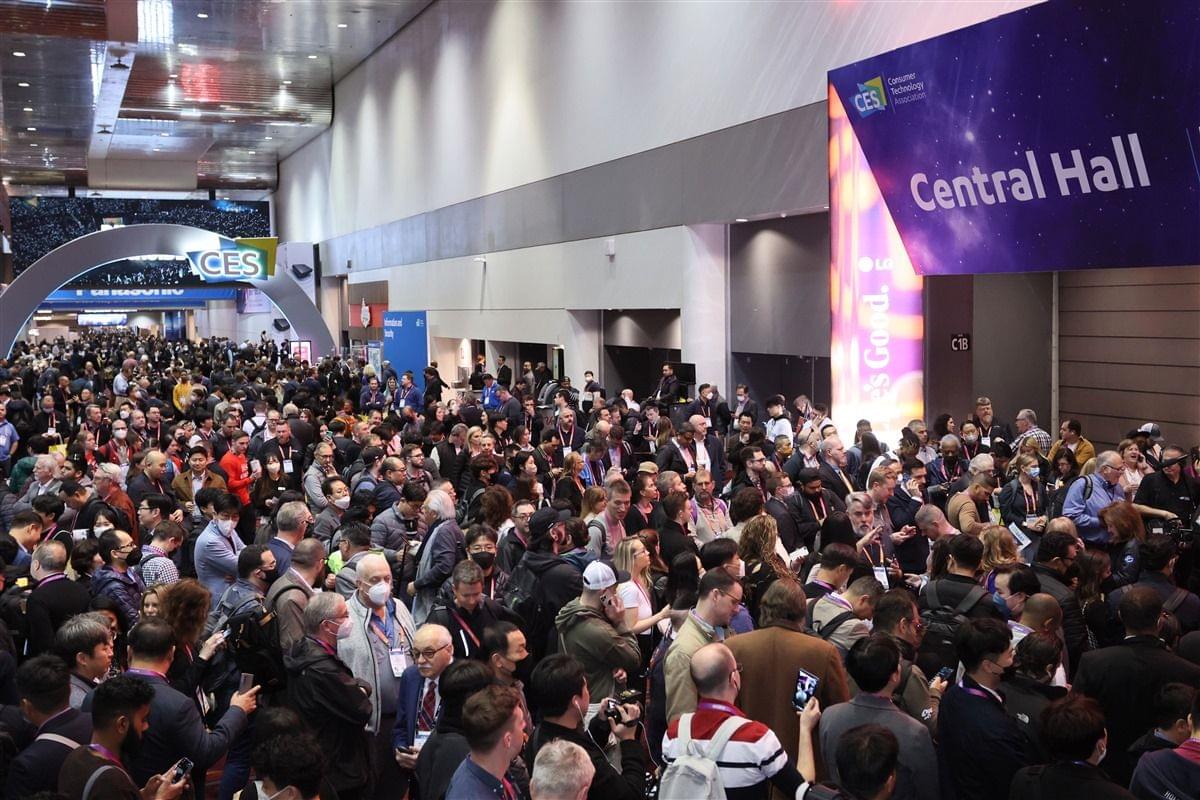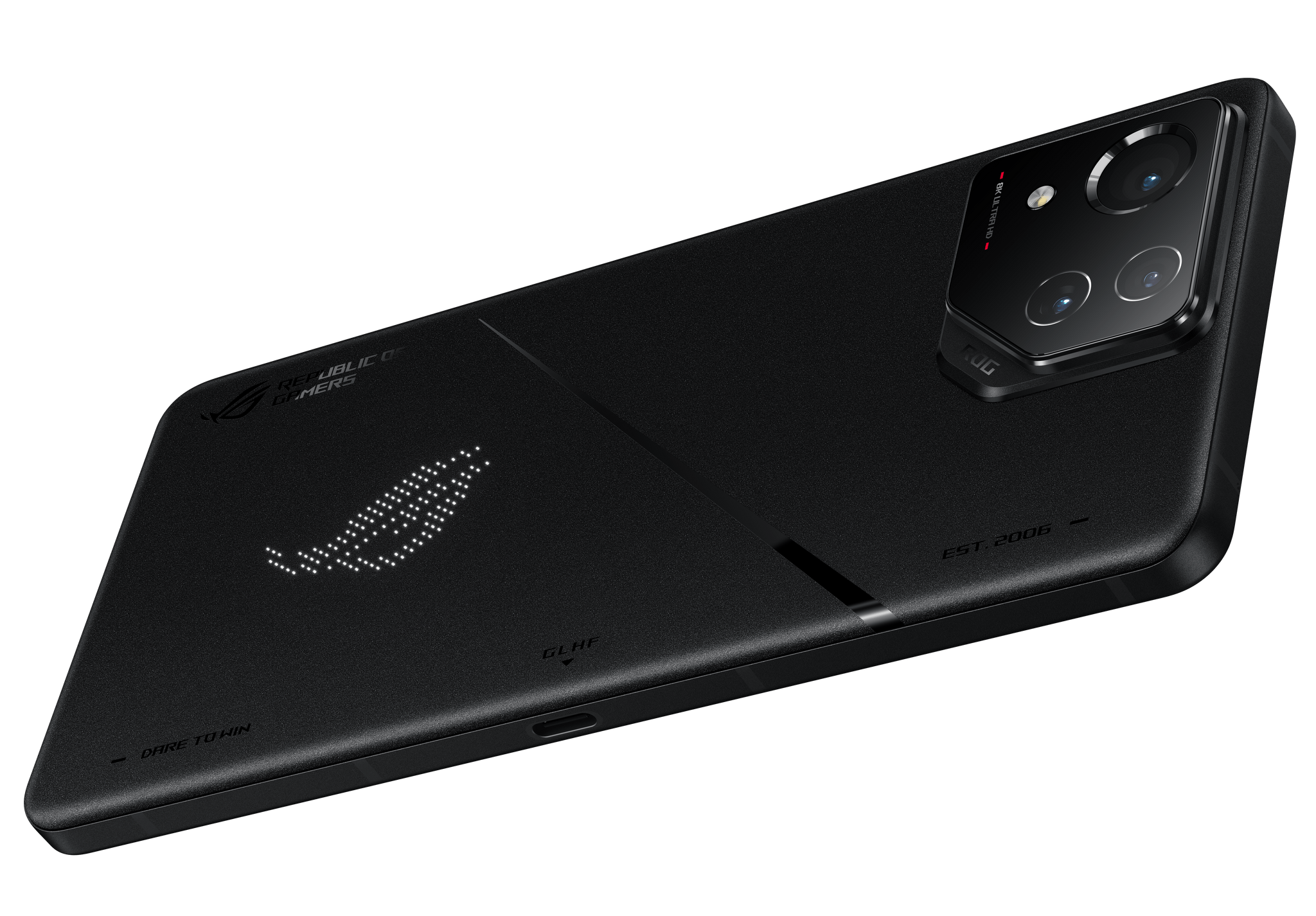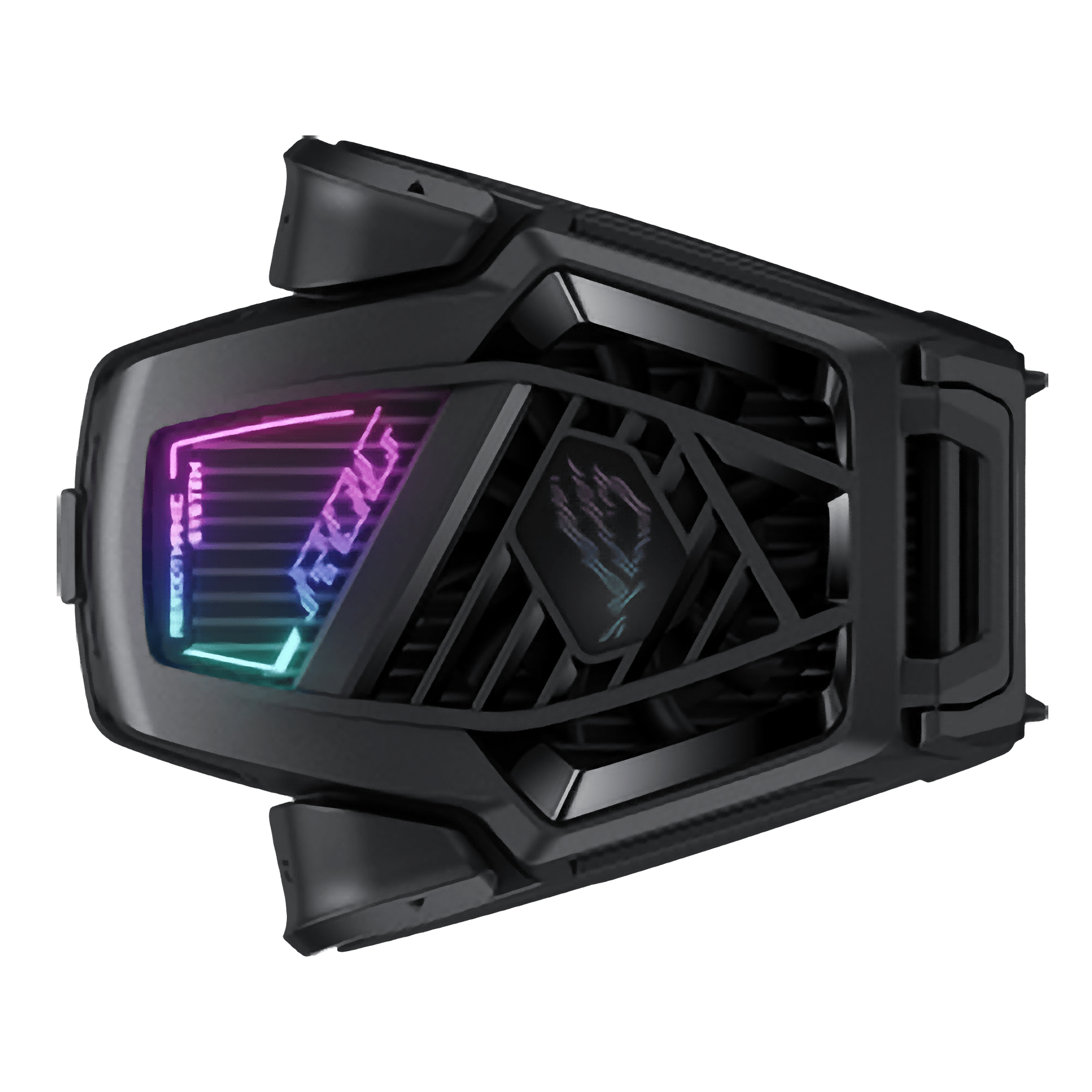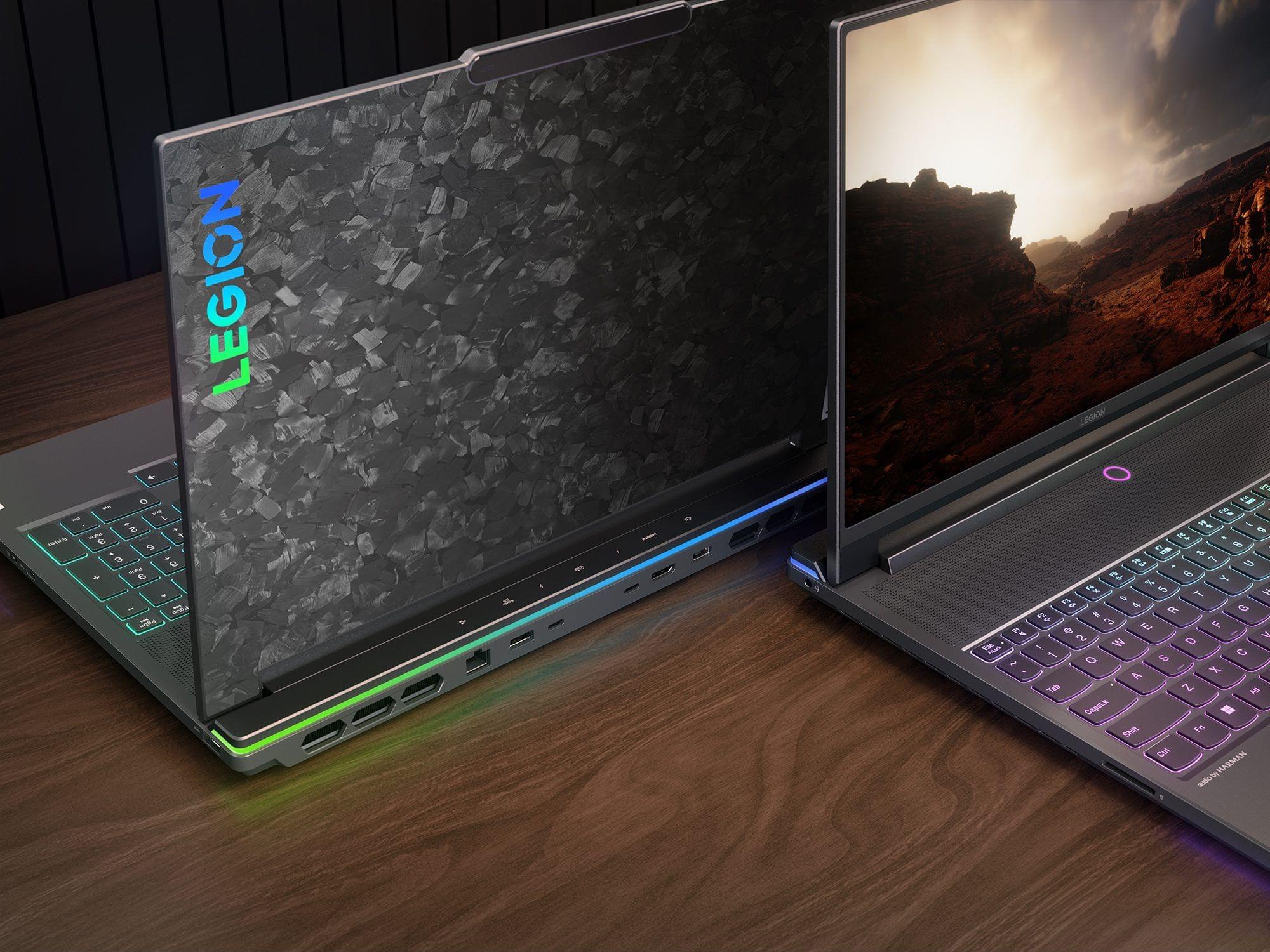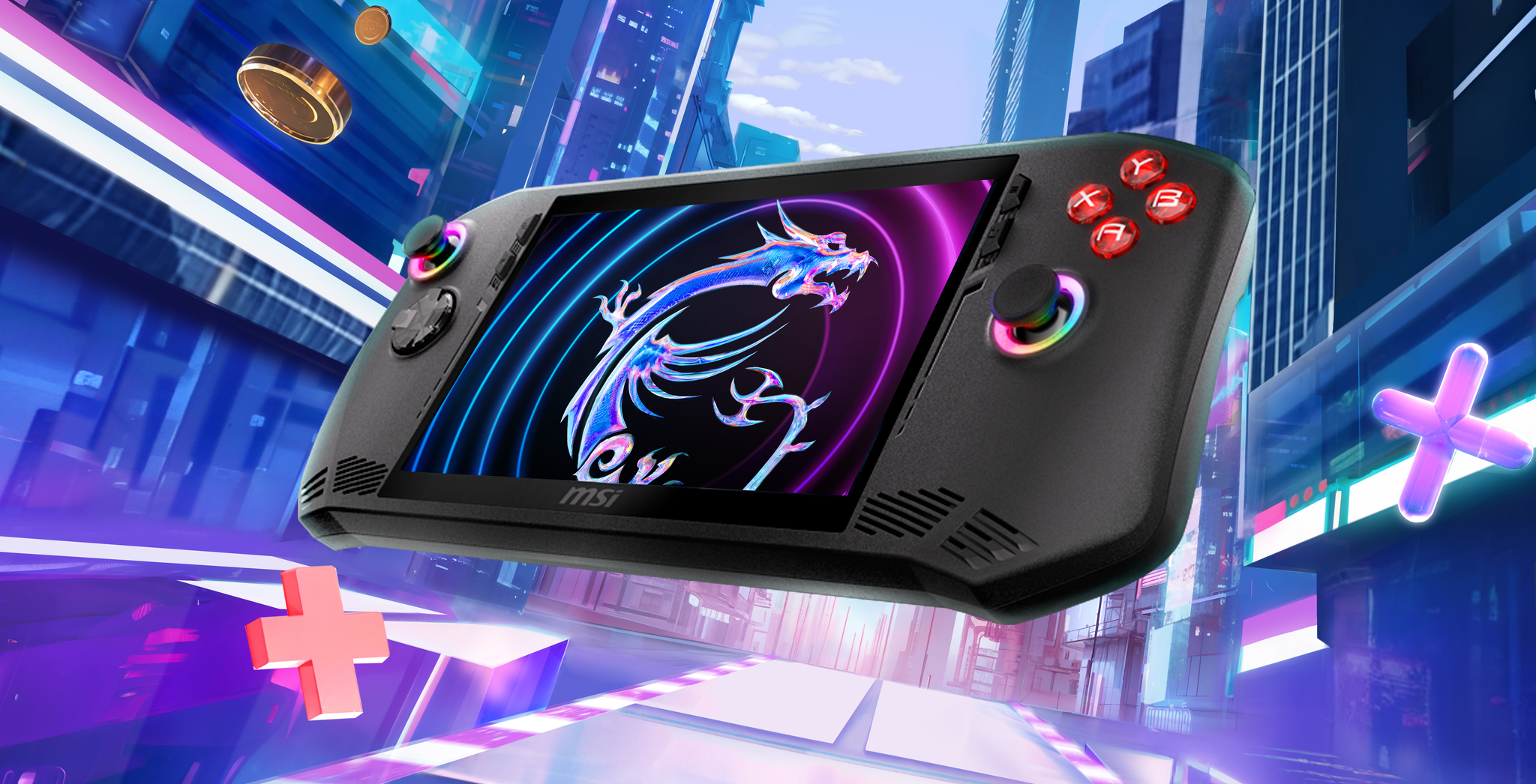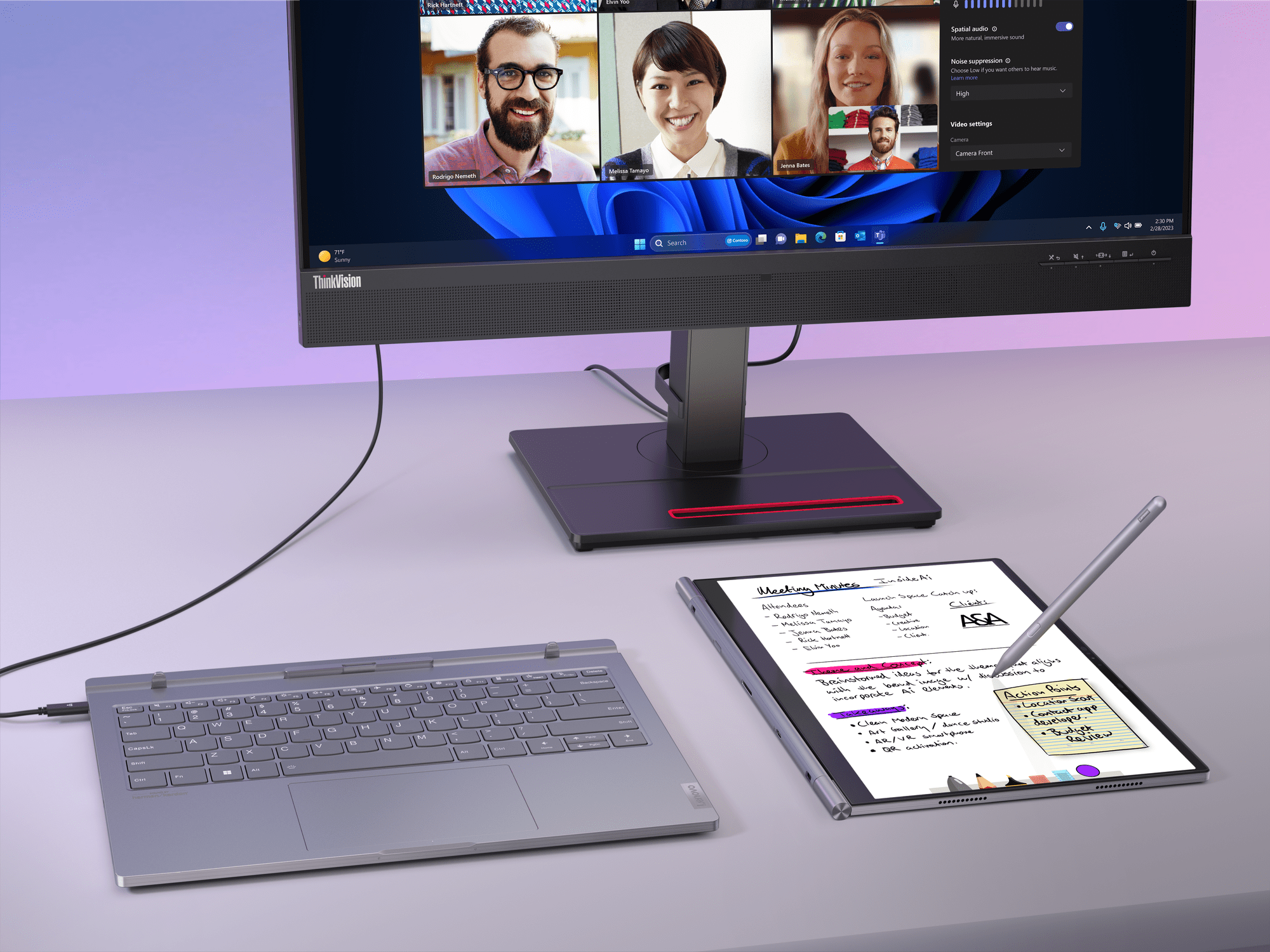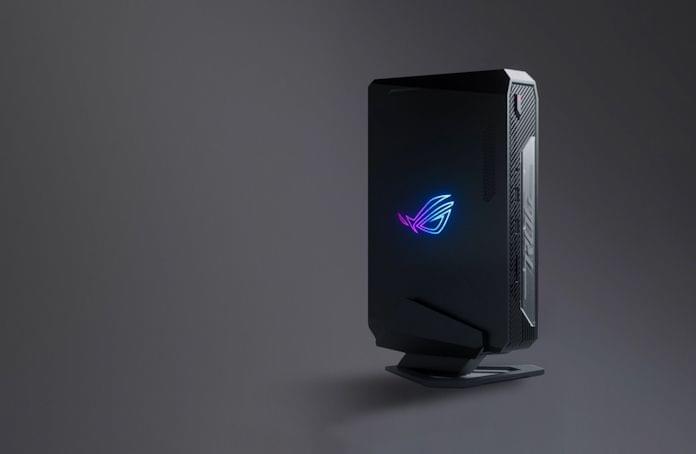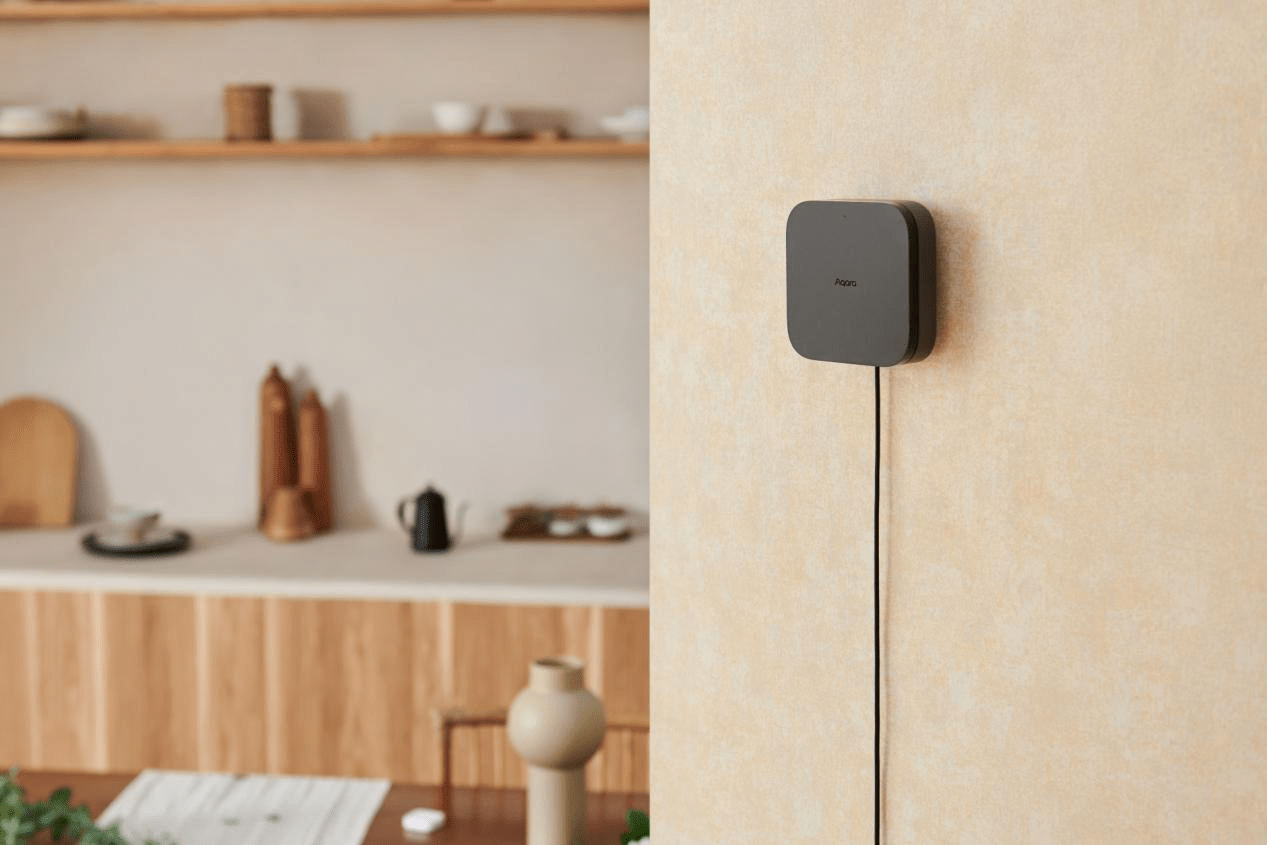After what already feels like a week of CES, it’s the official day one of the conference. There have been a ton of announcements already. As anticipated, gaming is very big this year, with new handhelds, laptops, and other devices announced. Interesting new approaches to hybrid computers, ASUS’s first NUC, and a handful of smart home devices have been announced already, too, so let’s dig into the latest.
Gaming
Handheld gaming is big at CES this year, but not every device looks like a Nintendo Switch or Steam Deck. ASUS introduced its ROG Phone 8, ROG Phone 8 Pro, and ROG Phone 8 Pro Edition, a trio of gaming-focused Android phones. As devices like the Ayn Odin Pro 2, which we covered on MacStories Unwind, have shown, Qualcomm’s latest chipsets running Android are a great option for gamers. What’s different about ASUS’s mobile phones is that they go even further with a newer generation chipset, more memory than a typical mobile phone, and a focus on cooling to ensure its chips are running at top speeds.
The ROG Phone 8 has 12GB of RAM and 256GB of storage, with an RGB logo on the back for $1,099.99. The Pro is $100 more with 16GB of RAM, 512GB of storage, and an LED matrix display on the back. The Edition adds another $300 which gets you 24GB of RAM and 1TB of storage. The Phone 8 line uses Qualcomm’s Snapdragon 8 Gen 3 chipset and has bright, high-refresh rate screens.
For cooling, the phones use boron nitride and copper, achieving what ASUS says is 20% more thermal efficiency than the models the Phone 8 line replaces. For even more cooling and a sick Transformer vibe, ASUS introduced the AeroActive Cooler X, which attaches to your Phone 8 to aid in cooling.
For additional details, I suggest Jon Porter’s overview of the new Phone 8 line on The Verge.
The usual suspects have begun announcing new and improved gaming laptops, too. I mentioned Razer’s Blade updates in my last CES update, but there are many others worth mentioning:
- Lenovo introduced a bunch of gaming laptops, including the Legion 9i, a new top-of-the-line computer with Intel’s Core Gen i9-14900HX CPU, a GeForce RTX 4090 GPU, and 16-inch 165Hz 3.2K display, with up to 64GB of RAM and 2TB of storage starting at $4,400, which will be available later this month.
- Not to be outdone, MSI released the Titan 18 HX, a massive 18-inch, 7.9-pound (3.6 kg) gaming laptop, with the same processor as the Lenovo 9i, DLSS 3.5 support, RTX 4080 and 4090 GPU options, a 3840 x 2400 Mini LED display, up to 128GB of DDR5 RAM, a PCIe Gen 5 M.2 SSD slot, and two other SSD slots, which The Verge reports will be cost $5,000.
- ASUS revealed the ROG Zephyrus G14 and G16 laptops both of which feature an aluminum case, a 3K 120Hz OLED panel on the smaller 14-inch model and 2.5K 240Hz OLED display on the 16-inch model, support for NVIDIA G-Sync, up to 32GB of RAM. The smaller model uses AMD’s Ryzen 8000 series processors and up to an NVIDIA RTX 4070 GPU, while the larger G16 features an Intel Core Ultra 9 CPU and RTX 4090 graphics. Both laptops are expected to be available in February.
Yesterday, MSI also officially revealed the previously-leaked MSI Claw, a Windows-based handheld gaming device. The Claw looks a lot like the ASUS ROG Ally but features an Intel processor. The device also has a 120Hz 1080p 7-inch IPS display, 16GB of memory, and up to 1TB of PCIe M.2 SSD storage.
Computers and Tablets
The line between laptops and tablets is blurring more than ever. One of the best examples at CES is the ThinkBook Plus Gen 5 Hybrid, a convertible tablet/laptop that Lenovo debuted at CES. In tablet mode, the device runs Android, and set up as a laptop with its keyboard, it runs Windows. Also, the screen can be detached from the keyboard and operated independently when the keyboard is connected to a display. It’s a cool idea that I’m sure would work even better if both OSes were made by the same company. Imagine, for instance, a similar hybrid from Apple that could run macOS in laptop mode and iPadOS in tablet mode.
ASUS revealed its first NUC mini-PC, having taken over production of the diminutive computers when Intel exited the market last year. The ROG NUC is a tiny Windows PC with an Intel Core Ultra 9 processor, NVIDIA RTX 4070 GPU, and DDR5 memory. The NUC also features one Thunderbolt 4 port, HDMI 2.1, and an easy-to-open case.
According to Engadget, ASUS has more NUCs coming soon, which I hope is the case. I love the idea of a tiny gaming computer tucked away out of sight behind my TV or under my desk.
Smart Home
Aqara has already announced multiple home automation devices at CES. One of the most interesting is the Aqara Hub M3. The company has made multiple hubs for its gear in the past, but what sets the M3 hub apart is the inclusion of a Matter controller, which means you’ll be able to use it with non-Aqara devices. The M3 Hub will also support Thread, Zigbee, Wi-Fi, Bluetooth, and infrared for communicating with devices. Aqara says the M3 Hub will ship in the second quarter of 2024. Also worth mentioning from Aqara is a smart plug that serves as a Matter border router, which is unusual for smart plugs.
That’s it for now folks. I’ll be back with more soon, including more weird and wonderful gems that beg for your attention.


